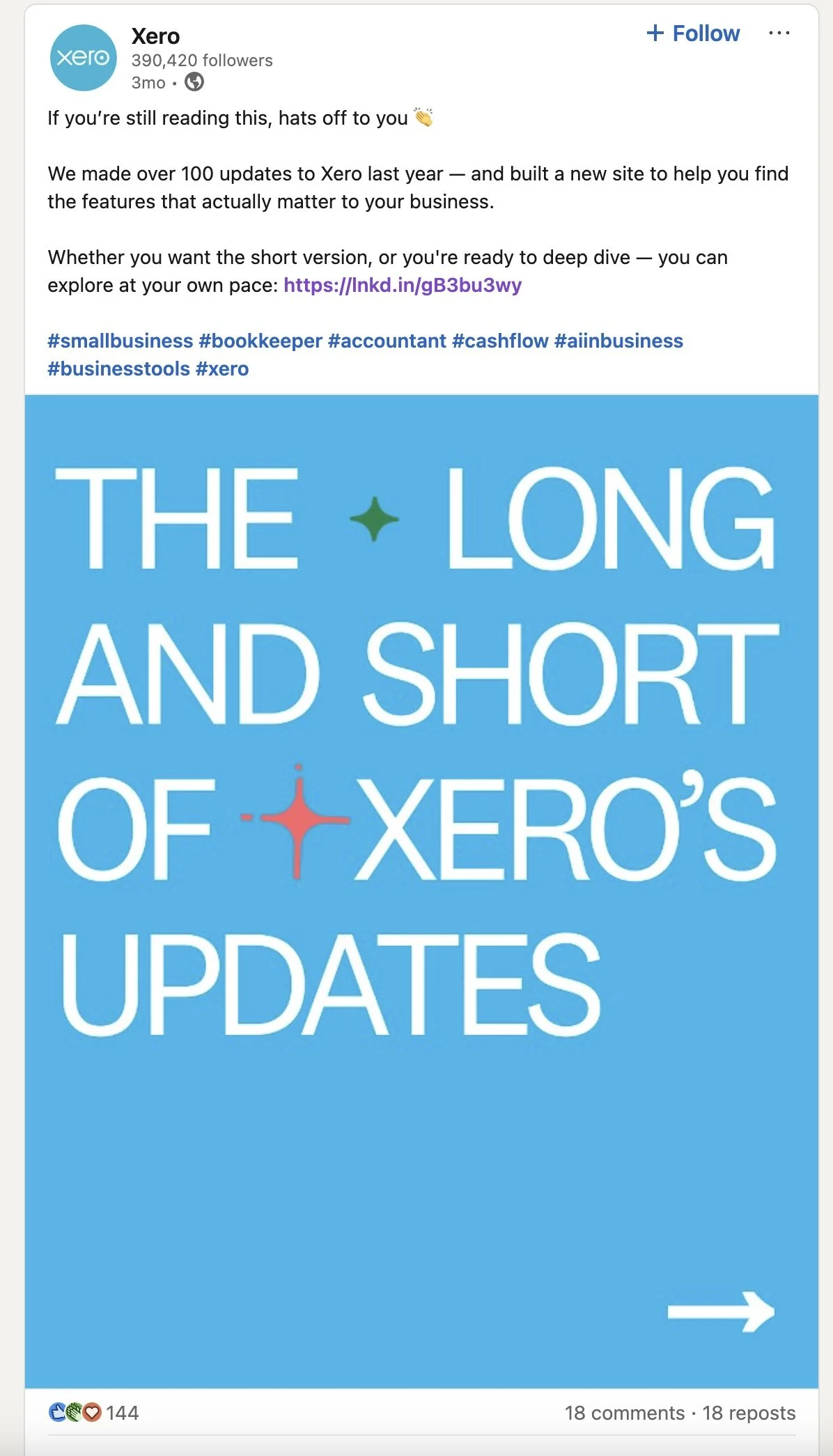Turning Long-Form into Many: AI’s Role in B2B Short-Form Design
Lately, I’ve been creating a lot of short-form content—social posts, quick videos, smaller infographics, even condensed eBooks. It’s a shift happening across B2B marketing: attention spans are shorter, and the type of content companies put out has to be faster, simpler, and easier to digest.
This isn’t just about social. Buyers expect shorter formats in sales materials, onboarding guides, and even thought leadership. People want to connect quickly and decide quickly. That means the way we design has to adapt.
Why Short-Form Matters
Attention spans may be shrinking. According to a 2015 Microsoft report, the average human attention span fell from 12 seconds in 2000 to just 8 seconds—that’s actually shorter than the 9-second attention span of a goldfish. This startling finding reminds us that if your creative doesn't capture attention immediately, it risks being overlooked.
Consumption habits have changed. Business buyers are just as busy as consumers—they’re scrolling on phones between meetings, checking email at night, and multitasking constantly. Short-form fits the way people actually work.
Sales cycles need speed. The faster you can make an emotional or intellectual connection, the faster you can move a deal forward. Long PDFs and dense decks often slow that down.
Our attention span is now shorter than a goldfish’s.
Image generated on Midjouney V7
How Design Needs to Adapt
To support this shift, design systems need to be modular. Campaigns can’t be built in isolation anymore. Every element—whether it’s a social post, a sales slide, or a landing page snippet—should be part of a system that works together at different sizes and speeds.
At Roots AI, I’ve been building layouts that flex across formats: a longer report broken into social graphics, motion cutdowns, or quick sales visuals. It’s about creating once and reusing everywhere—without losing design quality.
The common thread: they’re not shrinking big ideas—they’re repackaging them into faster, more approachable pieces.
Another Great Example
Xero turned a long list of product updates into a short-form asset designed for LinkedIn. Instead of expecting audiences to read through 100+ updates, they packaged the highlights into a concise PDF guide and uploaded it directly to the platform.
The message was simple: “Whether you want the short version or you’re ready to deep dive—you can explore at your own pace.”
This approach works because it respects the way busy professionals consume content. Short, scannable assets create quick entry points, while still offering a path to more detail for those who want it.
The Designer’s Advantage
Here’s the upside: while marketing is moving faster, so are our tools. AI and automation make it easier to create variations, test formats, and scale design without burning out creative teams.
That means designers aren’t falling behind—we’re right in step with the speed of content today. The difference is in having the right systems and processes to make sure every small piece still feels like part of the bigger brand.
Clarity, Consistency, and Speed Win
Short-form isn’t just a trend—it’s the new normal in B2B. The challenge for creative teams is making sure speed doesn’t mean sloppy. With modular design systems, brand guardrails, and AI tools, we can create content that connects faster, scales easier, and still elevates the brand.
Because in B2B, the companies who win aren’t the ones saying the most—they’re the ones saying it clearly, quickly, and consistently across every channel.
Image generated and animated with Midjouney v7
More Assets, More Demands — and AI to the Rescue
Today’s B2B campaigns rarely stop at one hero piece of content. A single whitepaper might turn into an infographic, a carousel post, a sales one-pager, and dozens of social snippets. Designers are carrying more weight than ever, producing multiple variations that make complex ideas easier to digest across different channels.
That increase in volume can feel overwhelming—but AI is helping balance the scale. With the right tools, we can generate first-draft headlines, cut long reports into bite-sized summaries, or suggest visual hooks tailored for each format. It doesn’t replace the designer’s craft, but it gives us speed. By letting AI handle the heavy lifting of idea generation, we can spend more time fine-tuning the creative so each asset feels sharp, clear, and on-brand.






